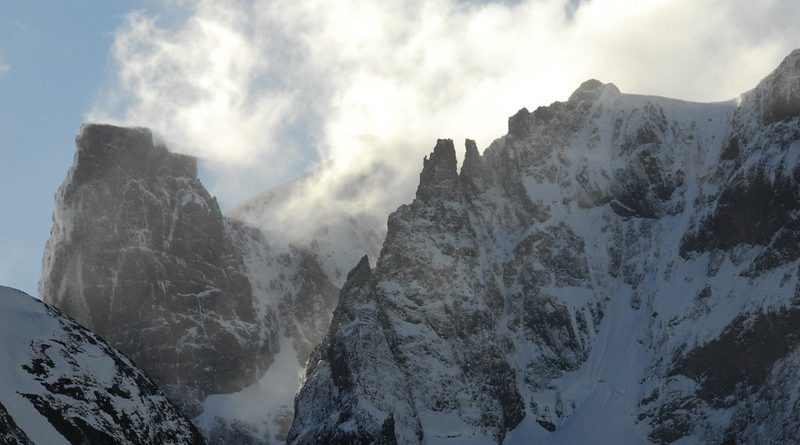Shackleton’s Antarctic Endurance
The Imperial Trans-Antarctic Expedition of 1914–1917 is considered to be the last major expedition of the Heroic Age of Antarctic Exploration.
Conceived by Sir Ernest Shackleton, the expedition was an attempt to make the first land crossing of the Antarctic continent. After Roald Amundsen’s South Pole expedition in 1911, this crossing remained, in Shackleton’s words, the “one great main object of Antarctic journeyings”.
Shackleton’s expedition failed to accomplish this objective but became recognised instead as an epic feat of endurance.
Shackleton had served in the Antarctic on the Discovery expedition of 1901–1904 and had led the Nimrod expedition of 1907–1909. In this new venture, he proposed to sail to the Weddell Sea and to land a shore party near Vahsel Bay, in preparation for a transcontinental march via the South Pole to the Ross Sea.
A supporting group, the Ross Sea party, would meanwhile establish camp in McMurdo Sound and from there lay a series of supply depots across the Ross Ice Shelf to the foot of the Beardmore Glacier. These depots would be essential for the transcontinental party’s survival, as the group would not be able to carry enough provisions for the entire crossing. The expedition required two ships: Endurance under Shackleton for the Weddell Sea party, and Aurora, under Aeneas Mackintosh, for the Ross Sea party.
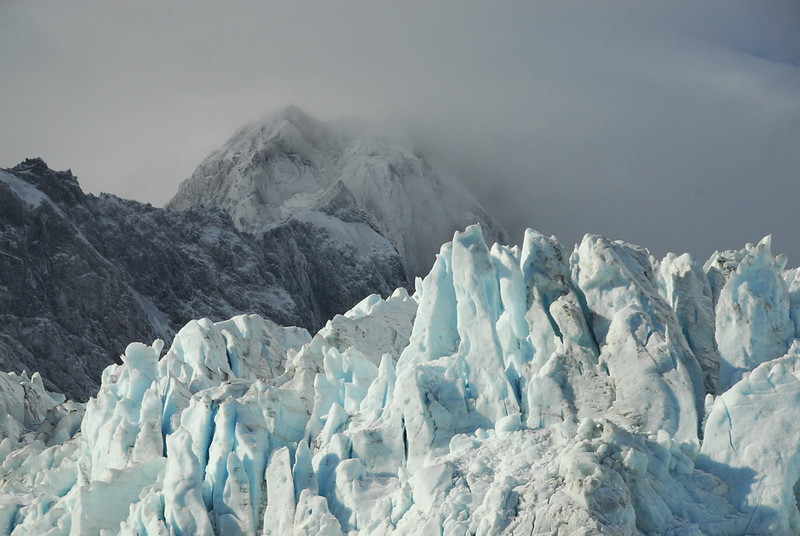
Endurance became beset—trapped in the ice of the Weddell Sea—before it was able to reach Vahsel Bay. It drifted northward, held in the pack ice, throughout the Antarctic winter of 1915. Eventually the ice crushed the ship, and it sank, stranding its complement of 28 men on the ice.
After months spent in makeshift camps as the ice continued its northwards drift, the party used lifeboats that had been salvaged from the ship to reach the inhospitable, uninhabited Elephant Island.
Shackleton and five other members of the group then made an 800-mile (1,300 km) open-boat journey in the James Caird, and were able to reach South Georgia. – one of the most dangerous boat journeys ever taken.
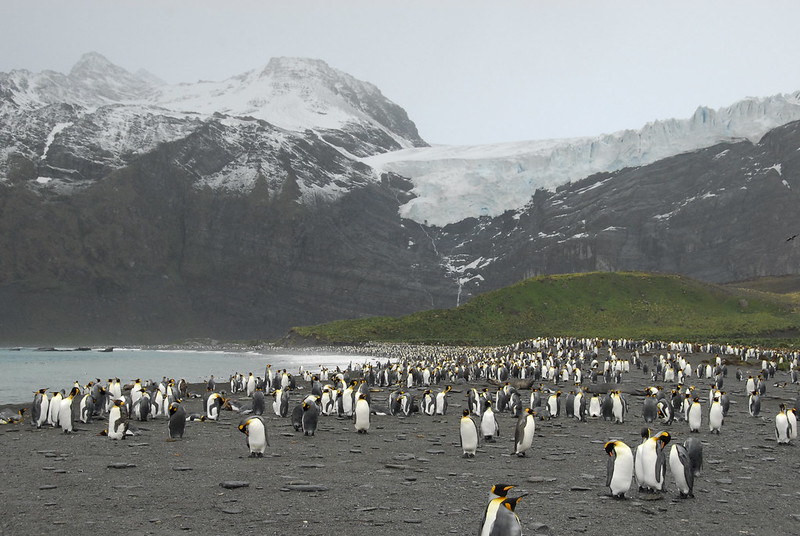
Shackleton then crossed the interior of this rugged snow crusted island on an epic journey crossing mountains and glaciers never before taken to reach a remote whaling station on the other side of the island
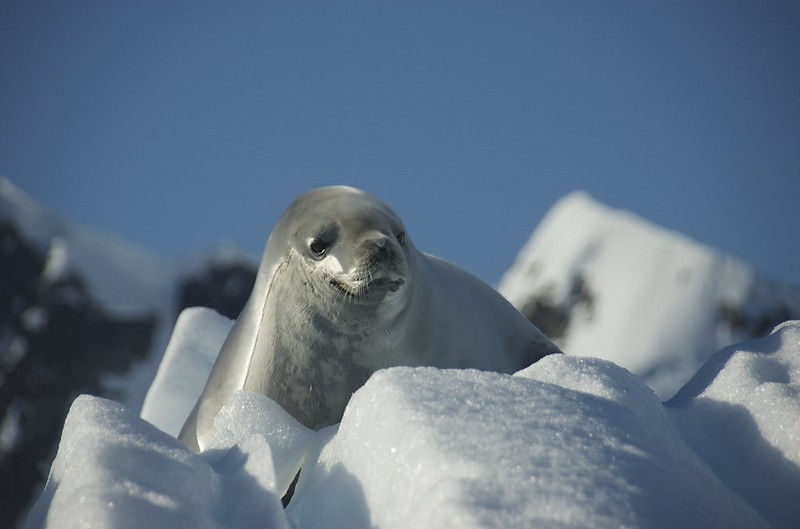
From there, Shackleton was eventually able to arrange a rescue of the men who had remained on Elephant Island and to bring them home without loss of life. The remarkably preserved wreck of Endurance was found on the seafloor in 2022.
On the other side of the continent, the Ross Sea party overcame great hardships to fulfill its mission. Aurora was blown from her moorings during a gale and was unable to return, leaving the shore party stranded without proper supplies or equipment. Although the depots were still able to be laid, three people died before the party was eventually rescued.
Aftermath
The rescued party, having had its last contact with civilisation in 1914, was unaware of the course of the Great War. News of Shackleton’s safe arrival in the Falklands briefly eclipsed war news in the British newspapers on 2 June 1916.
The expedition survivors had received a warm welcome in Chile from where they were repatriated .The expedition then returned home in piecemeal fashion, at a critical stage in the war, without the normal honours and civic receptions. When Shackleton himself finally arrived in England on 29 May 1917, after a short American lecture tour, his return was barely noticed.
Most of the members of the expedition returned to take up immediate active military or naval service. Before the war ended, two—Tim McCarthy of the open boat journey and the veteran Antarctic sailor Alfred Cheetham—had been killed in action, and Ernest Wild, Frank’s younger brother and member of the Ross Sea party, had died of typhoid while serving in the Mediterranean.
Following a propaganda mission in Buenos Aires, Shackleton was employed during the last weeks of the war on special service in Murmansk, with the army rank of major.This occupied him until March 1919.
Shackleton returned to the lecture circuit and in December 1919 he published his own account of the Imperial Trans-Antarctic Expedition, titled South.
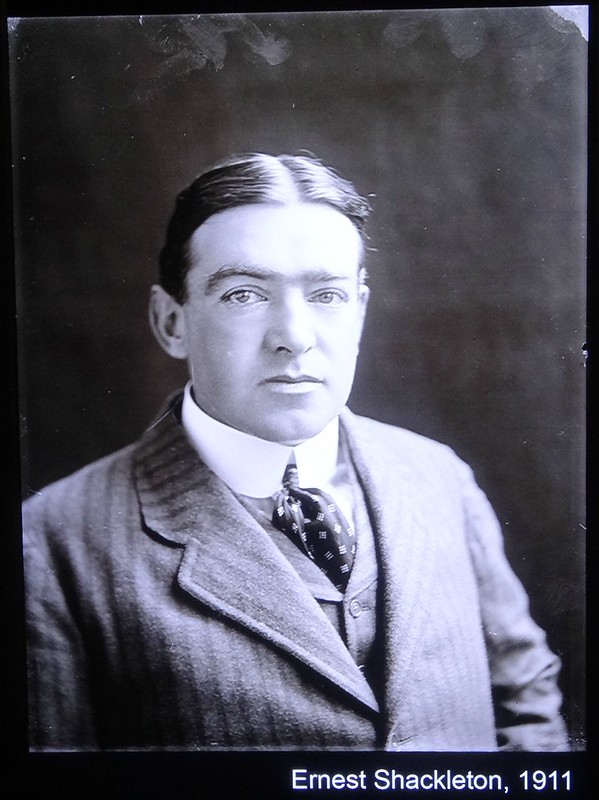
In 1920, tired of public speaking, he began to consider the possibility of a last expedition. He thought seriously of going to the Beaufort Sea area of the Arctic, a largely unexplored region, and raised some interest in this idea from the Canadian government..With funds supplied by former schoolfriend John Quiller Rowett, Shackleton acquired a 125-ton Norwegian sealer, named Foca I, which he renamed Quest.
The plan changed; the destination became the Antarctic, and the project was defined by Shackleton as an “oceanographic and sub-antarctic-expedition”.The goals of the venture were imprecise, but a circumnavigation of the Antarctic continent and investigation of some “lost” sub-Antarctic islands, such as Tuanaki, were mentioned as objectives.As Rowett had agreed to finance the entire expedition, became known as the Shackleton–Rowett Expedition.
The expedition left England on 24 September 1921. Although some of Shackleton’s former crew members had not received all of their pay from the Enduranceexpedition, many of them signed on with their erstwhile “Boss”.
When the party arrived in Rio de Janeiro, Shackleton suffered a suspected heart attack.[He refused to have a proper medical examination, and Quest continued south, arriving at South Georgia on 4 January 1922. In the early hours of the next morning, Shackleton summoned the expedition’s physician, Alexander Macklin,to his cabin complaining of back pains and other discomfort. According to Macklin’s own account, he told Shackleton that he had been overdoing things and should try to “lead a more regular life”, to which Shackleton answered: “You are always wanting me to give up things, what is it I ought to give up?” Macklin replied: “Chiefly alcohol, Boss.” A few moments later, at 2:50 a.m. on 5 January 1922, Shackleton suffered a fatal heart attack.
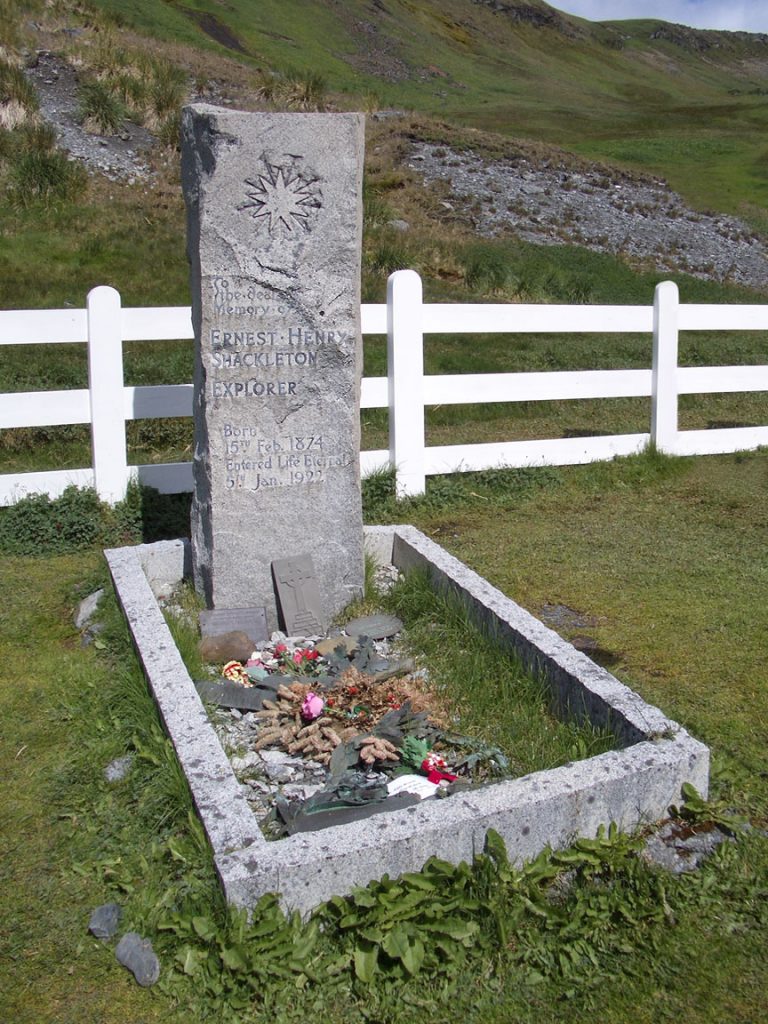
Leonard Hussey, a veteran of the Imperial Trans-Antarctic Expedition, offered to accompany Shackleton’s body back to Britain, but while he was in Montevideo en route to England, a message was received from Emily Shackleton asking that her husband be buried in South Georgia.Hussey returned to South Georgia with the body on the steamer Woodville, and on 5 March 1922, Shackleton was buried in the Grytviken cemetery,.Macklin wrote in his diary: “I think this is as the boss would have had it himself, standing lonely on an island far from civilization, surrounded by a stormy tempestuous sea, and in the vicinity of one of his greatest exploits.”
Shackleton’s will was proven in London on 12 May 1922.He died heavily in debt,- his small estate consisting of personal effects to the value of £556 (equivalent to £38,349 in 2023)Lady Shackleton died in 1936, having survived her husband by fourteen years.
On 27 November 2011, the ashes of Frank Wild were interred on the right-hand side of Shackleton’s gravesite in Grytviken. The inscription on the rough-hewn granite block set to mark the spot reads: “Frank Wild 1873–1939, Shackleton’s right-hand man.”
It would be more than forty years before the first crossing of Antarctica was achieved, by the Commonwealth Trans-Antarctic Expedition, 1955–1958. This expedition set out from Vahsel Bay, the same bay Shackleton was in sight of when the Endurance became trapped in ice. They followed a route which avoided the Beardmore Glacier altogether, and bypassed much of the Ross Ice Shelf, reaching McMurdo Sound via a descent of the Skelton Glacier. The entire journey took 98 days.
With thanks to Wikipedia
Destination: England, Antarctica

